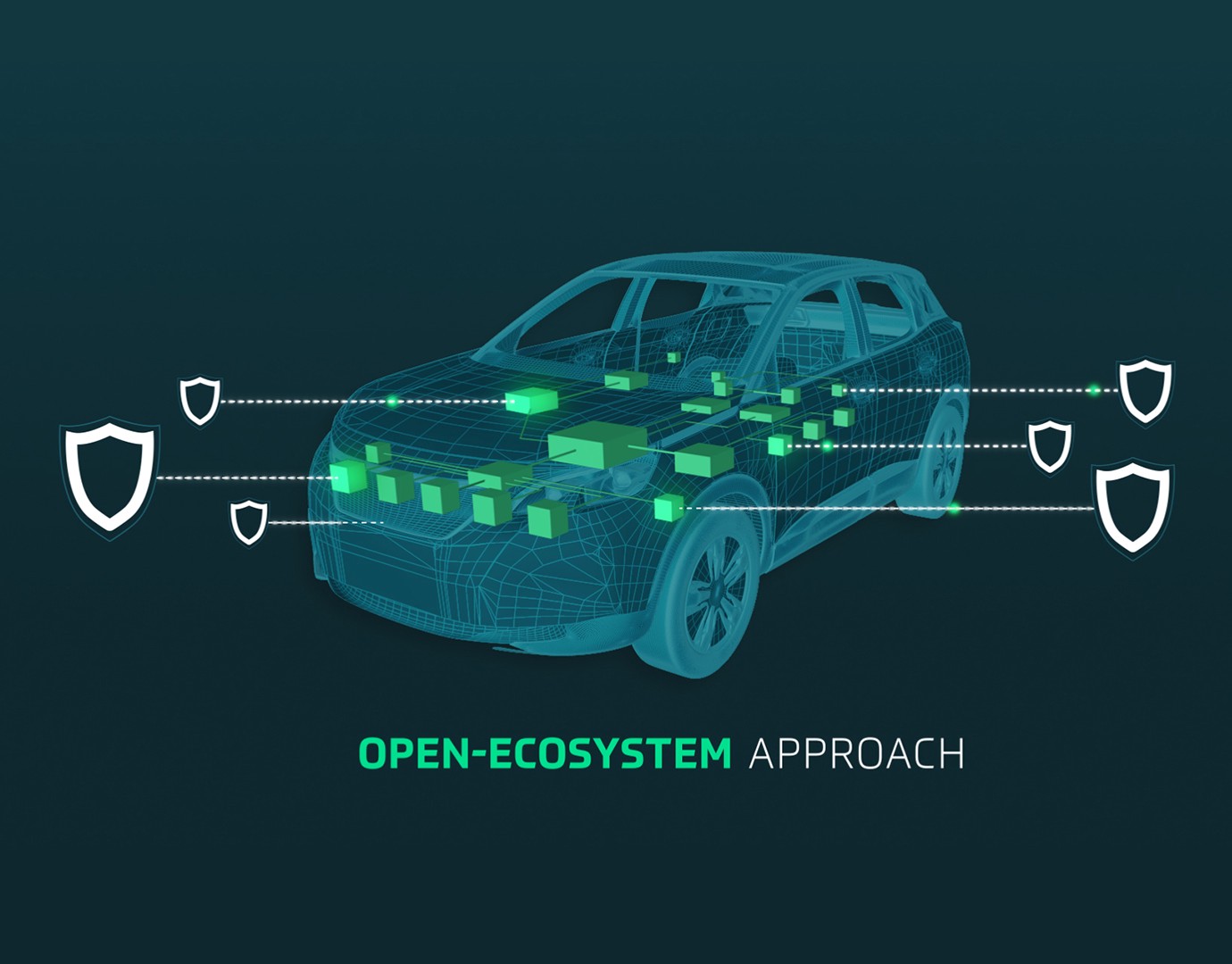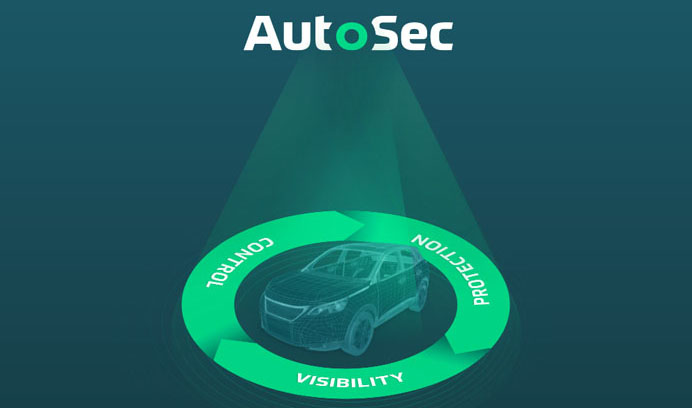We learned from OEMs, Tier 1 suppliers and key stakeholders that the automotive industry lacked harmonized communication, visibility and transparency into the entire vehicle lifecycle. AutoSec was designed to serve those needs.
AutoSec came to be in a boardroom at a major OEM’s offices. “We love your suite of software solutions,” they told us, “but we have a strategic plan we need to prioritise.” Before customising their range of cybersecurity software solutions, OEMs needed to tackle some fundamental issues plaguing the vehicle lifecycle. Further discussion revealed just how challenging it was for OEMs to truly own the cybersecurity lifecycle — before AutoSec, OEMs had no visibility into full software or hardware BOM in their own vehicles, no ability to query the status of different components and architectures across car programs. This translated into real-world issues in the most basic processes. Our recent industry survey found that 70% of OEM and Tier 1 Suppliers require more than three weeks to perform a thorough risk assessment. With AutoSec, risk assessment takes a matter of seconds, just one example of how a fully digital interface for cybersecurity lifecycle management can act as the groundwork for OEMs strategic cybersecurity plans.
With more meetings, the problem became more complex. Coordination was a key challenge across the supply chain: from an OEM’s perspective, managing communication between all parties involved in vehicle production inside and outside their organization was near impossible. All teams and players, the cybersecurity architect, incident response engineer, integration engineer, system owner, cybersecurity validation engineer, and so on, not only needed to communicate with colleagues in their organization, but also their counterparts down the supply chain. From a Tier 1’s perspective, collaboration with OEMs was difficult, vague and frustrating. Cybersecurity requirements sometimes lacked clarity and scope, making it hard to implement, deliver and support throughout the vehicle lifecycle. If it was this difficult to join efforts without a security breach or other crisis — how strenuous would it be during one?

Cybersecurity needed harmonization
It was clear the automotive cybersecurity needed harmonization
Our conversations pointed to one essential need shared by all stakeholders involved in automotive cybersecurity management: harmonization. Our idea to meet this need was to create a central hub to manage all vehicle cybersecurity activities. One that enables proper cybersecurity response, and allows OEMs and Tier 1s to communicate to all suppliers. This was no easy feat. Looking at the security lifecycle in its entirety, many activities span over two decades across internal and external teams: threat and risk assessment (TARA) at the concept phase, designing and implementing security policies with Tier 1 and Tier 2 vendors, incident reporting, SOC operation including mitigation of attacks. If the goal was to own the cybersecurity lifecycle by ensuring an end-to-end, comprehensive and structured organizational process, harmonization would become absolutely key. The industry must ensure that all the different teams, knowledge and solutions are harmonized in a way that will allow the ecosystem to act and react in symphony to keep attackers at bay.

Enter AutoSec: the first comprehensive cybersecurity lifecycle management platform
With this guiding principle, AutoSec came to fruition. C2A’s aim was to create a backbone for cybersecurity that harmonized the entire automotive ecosystem. The goal was to link the ever-changing reality of cybersecurity challenges, and the ability to deploy protection quickly, with an open ecosystem approach that provided the industry with the harmonization it desperately needed. With this platform, OEMs are finally able to facilitate different processes, teams and suppliers in one place — seamlessly. Revamped infrastructure will allow the industry to collaborate, react and eventually own the security lifecycle. This new standard for communication is what all industry stakeholders should strive for. This is AutoSec — harmonizing all of our cybersecurity activities into one efficient system. A cybersecurity hub facilitating all cybersecurity activities, and that will enable industry to truly own the security lifecycle cycle.
We understood that there’s a huge gap in the ecosystem that has to be addressed with a unique approach, and are passionate about ensuring that every vehicle on the road has the best chance at truly comprehensive cybersecurity. To that end, C2A launched AutoSec as a “Freemium” product, so any auto manufacturer or Tier-1 supplier can onboard to the system and gain visibility free of charge. With AutoSec, OEMs and Tier 1s can immediately communicate with their ecosystem partners in a standardized way. Capable of working with any pre-existing suite of cybersecurity solutions, it was designed to allow for incorporation of different suppliers and new service providers on the fly with minimal effort, bridging the communication gap from the TARA conductors to the IDS implementers, down to the SOC operator.

Bringing automotive cybersecurity into the digital age
The future of the automotive cybersecurity ecosystem is equipped with AutoSec. Connected vehicles can host up to 150 electronic control units and run on 100 million lines of code; tomorrow’s vehicles may contain up to 300 million lines of software code, and are only set to become more advanced. The cybersecurity ecosystem should have been armed with digital solutions to manage the vehicle lifecycle years ago. Now, OEMs have a product designed to directly meet their needs, enabling fast cybersecurity innovation, freeing up the space to focus on what matters, and allowing the industry to truly own the cybersecurity lifecycle and protect all connected vehicles.
A breakthrough automotive cybersecurity product, AutoSec, delivers key benefits that the industry currently lacks. The product provides transparency into vehicles’ cybersecurity status across their full lifecycles, the ability to deploy and maintain in-vehicle cybersecurity protection and harmonized communications among all stakeholders. With AutoSec, OEMs have a clear and speedy pathway to compliance with upcoming standards and regulations and protection for the connected vehicles of today and tomorrow. In deploying digital solutions for a digital age, the automotive industry is ushering the next generation of cybersecurity protection.




